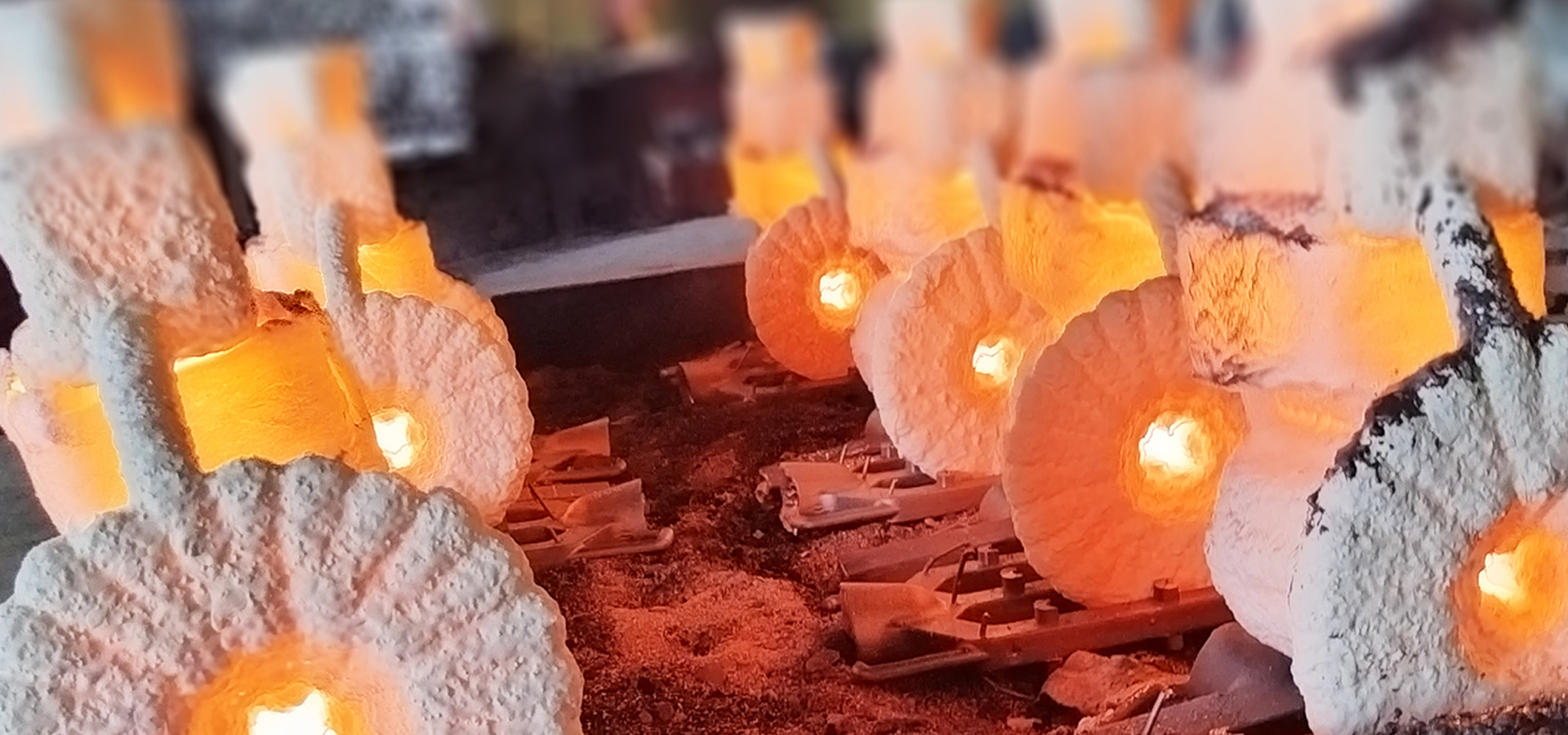
The application of precision casting in the field of automotive parts
Precision casting is mainly used to manufacture parts with complex structures and high performance requirements in systems such as engines, transmissions, and chassis. Integrated design (such as cylinder head integrated casting) reduces assembly processes.
Our achievements in the field of automotive parts
We provide casting blanks such as brake levers, brake calipers, hinges, battery housings, etc. for the Chinese branch of an internationally renowned automotive parts company.
Our capabilities in the field of automotive parts
1. Material performance requirements: High strength cast iron (such as nodular cast iron CGI) is used for engine cylinder heads, with a fatigue strength of ≥ 250MPa and a heat resistance of over 400 ℃. Integrated design (such as cylinder head integrated casting) reduces assembly processes.
2. With high precision and low defect rate, we have some dimensional tolerances: the accuracy of the engine cylinder block hole needs to reach H7 level (tolerance ± 0.015mm), the center distance error of the transmission housing bearing hole should be ≤± 0.05mm; the dynamic balance accuracy of the turbocharger impeller (aluminum alloy) needs to reach G2.5 level, and the residual unbalance amount should be ≤ 1g · mm/kg. Defect control: X-ray flaw detection (detection sensitivity ≥ 2% wall thickness) and leakage detection (air pressure 0.8MPa, leakage rate ≤ 5cc/min) are used, and the defect rates such as porosity and shrinkage should be less than 1%.
Parameter
| Category |
Parameters |
| Casting Materials |
Common materials: Carbon steel, stainless steel, alloy |
|
Material weight range: 0.003 kg - 110 kg |
|
| Casting Dimensions |
Maximum casting size: Ø600mmX800mm |
|
Minimum casting size: 5 mm x 5 mm x 5 mm |
|
|
Casting wall thickness: 1 mm - 20 mm |
|
| Casting Precision |
Dimensional tolerance: ±0.05 mm - ±0.2 mm (depending on casting size) |
|
Surface roughness: Ra 3.2 µm -6.3 µm |
|
| Production Capacity |
Annual output: 600 tons |
|
Maximum single piece weight: 110 kg |
|
|
Minimum single piece weight: 3 grams |
|
|
Mold materials: Wax molds, ceramic molds |
|
| Casting Process |
Mold types: Precision wax mold casting |
|
Pouring methods: Gravity casting, vacuum casting |
|
| Heat Treatment Capability |
Heat treatment processes: Normalizing, annealing, quenching, tempering |
|
Treatment furnace temperature range: 600℃ - 1100℃ |
|
| Post-Processing |
Surface treatment: Polishing, sandblasting, machining, painting, hot-dip galvanizing, powder coating |
Instant inquiry
Products in the pump and valve field are mostly shaped parts, and have high sealing and pressure resistance requirements, so they are more suitable for stainless steel precision casting technology.
Technological Process
Investment casting is a manufacturing process in which a liquid material is poured into a ceramic mold, which contains a hollow cavity of the desired shape, and then allowed to solidify. The solidified part is the casting, which is broken away from the ceramic mold to complete the process. The steps within the investment casting process are as follows:
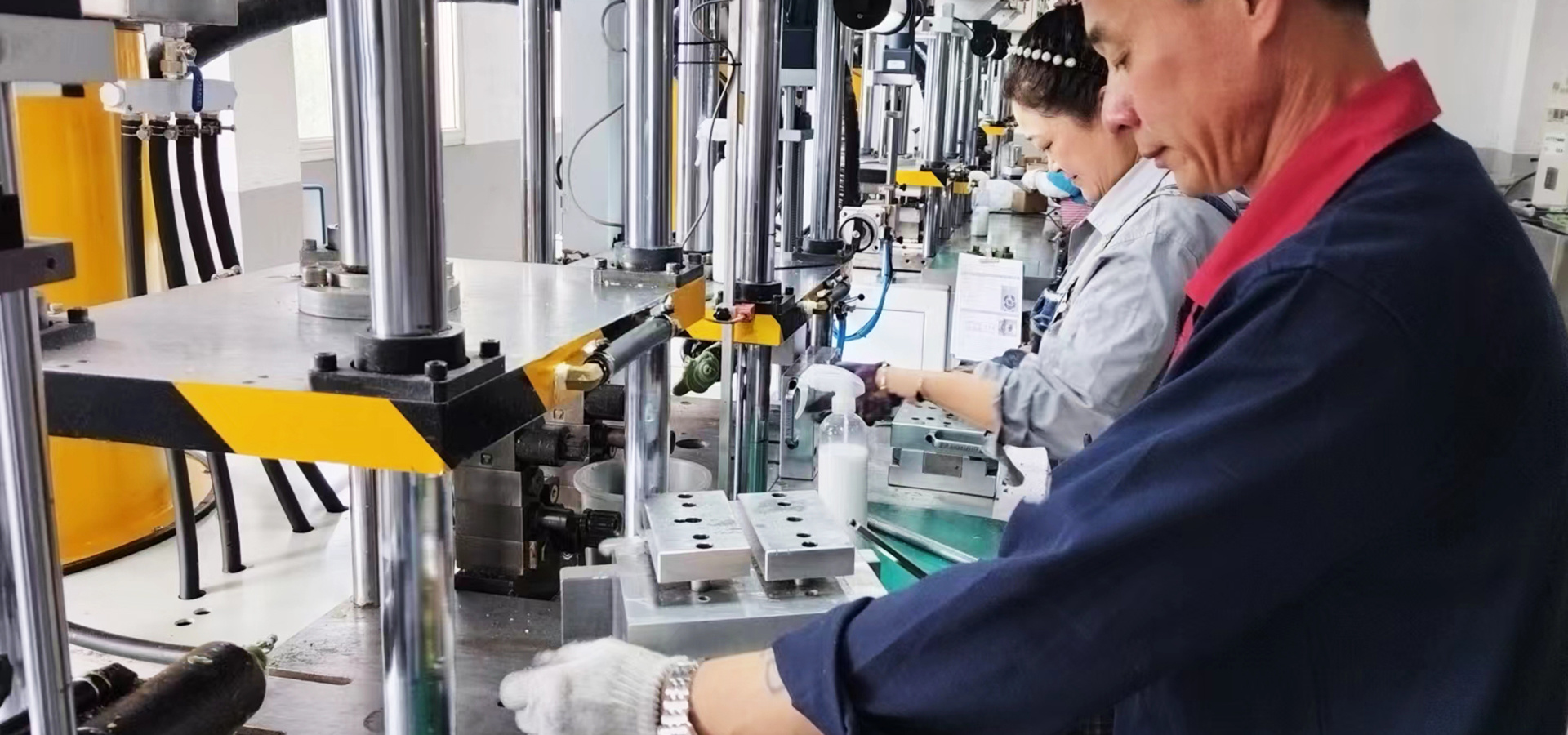
01
Wax Injection
Injection of medium-temperature wax (60-65°C) into metal molds under 0.5-0.7 MPa pressure, with a dwell time of 20-30 seconds.
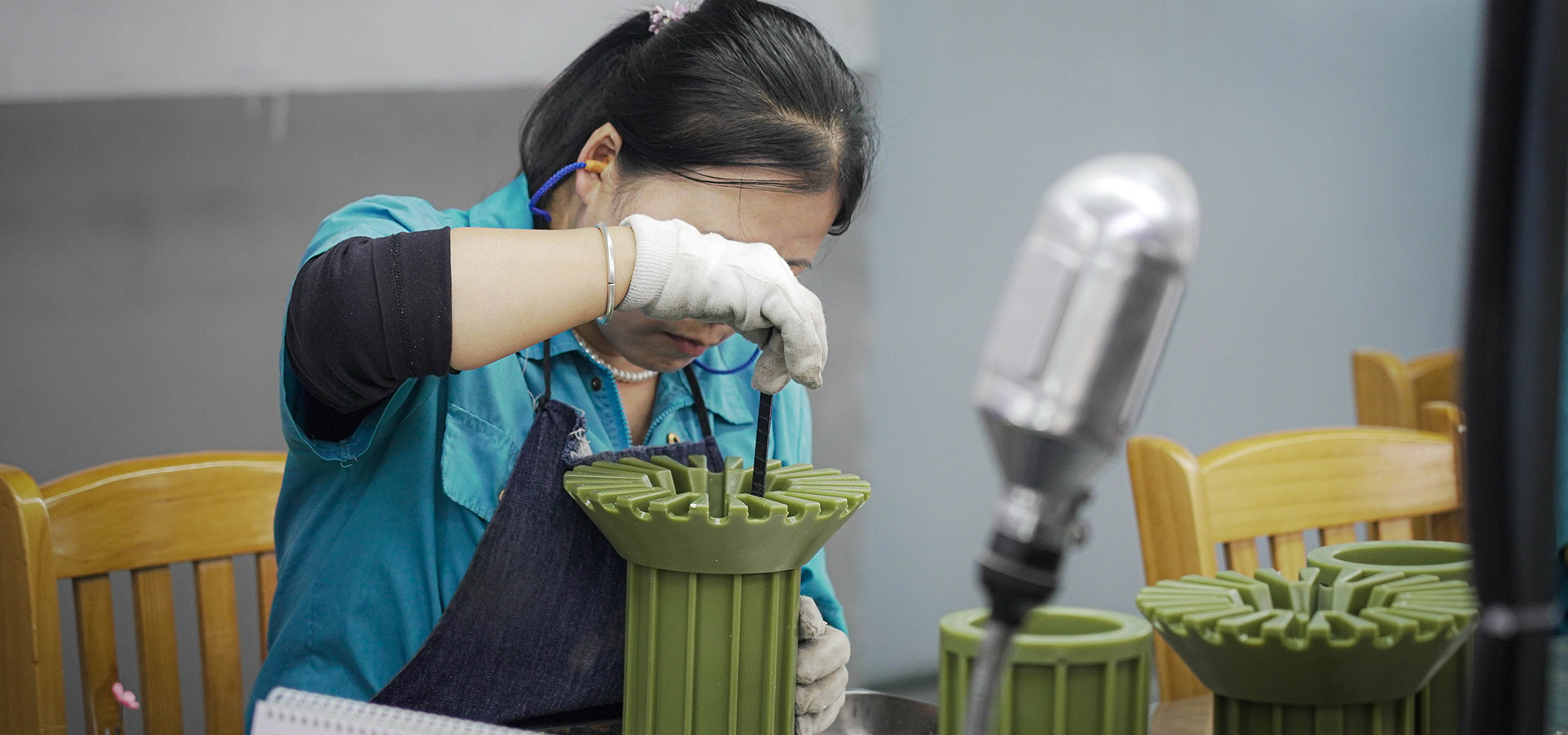
02
Wax Pattern Trimming
Removal of flash from wax pattern parting lines with precision ±0.1 mm, using hot knives (70-90°C)
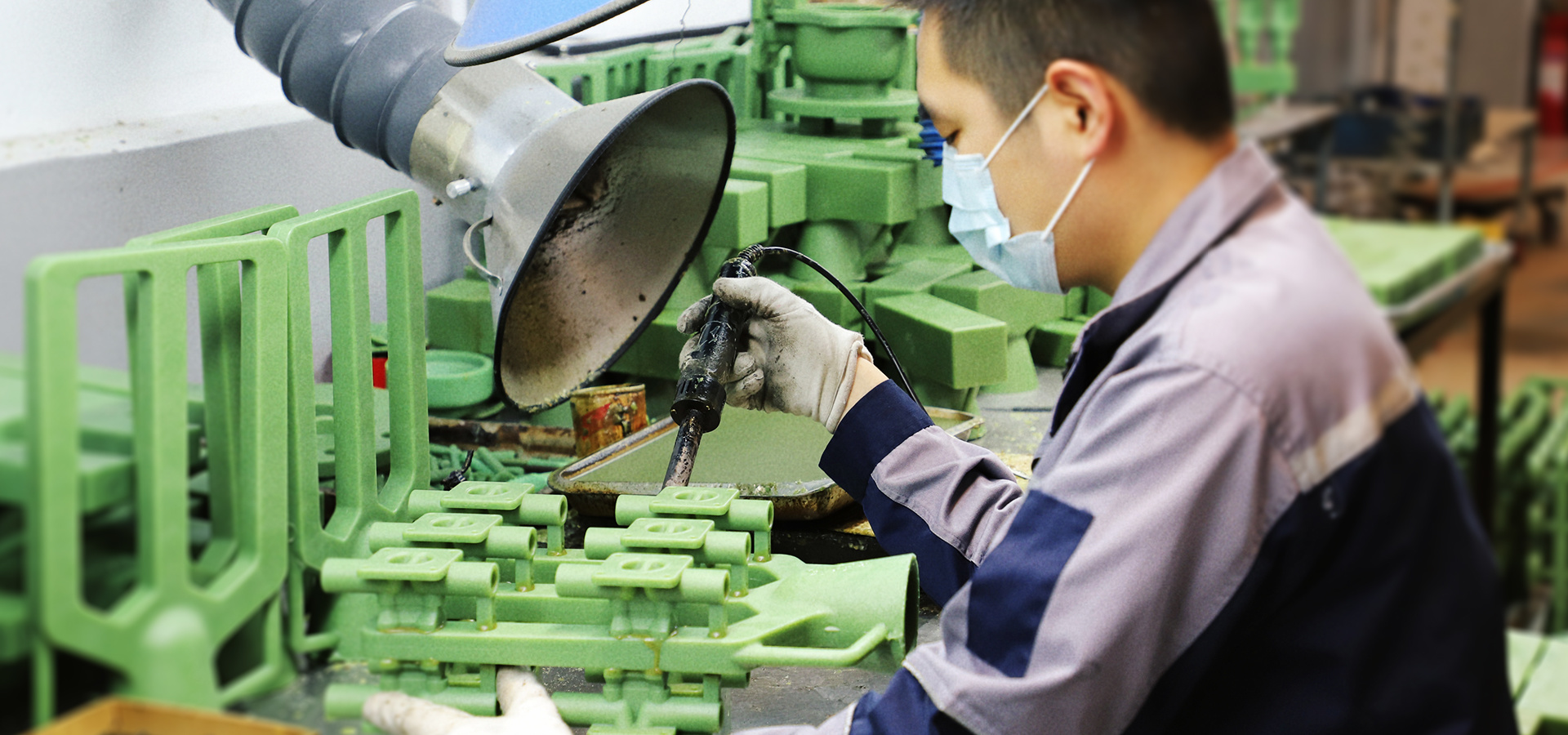
03
Cluster Assembly
Welding wax patterns to a central sprue, with cluster weight ≤15 kg, pattern spacing ≥8 mm, and pouring angle of 25-30°.
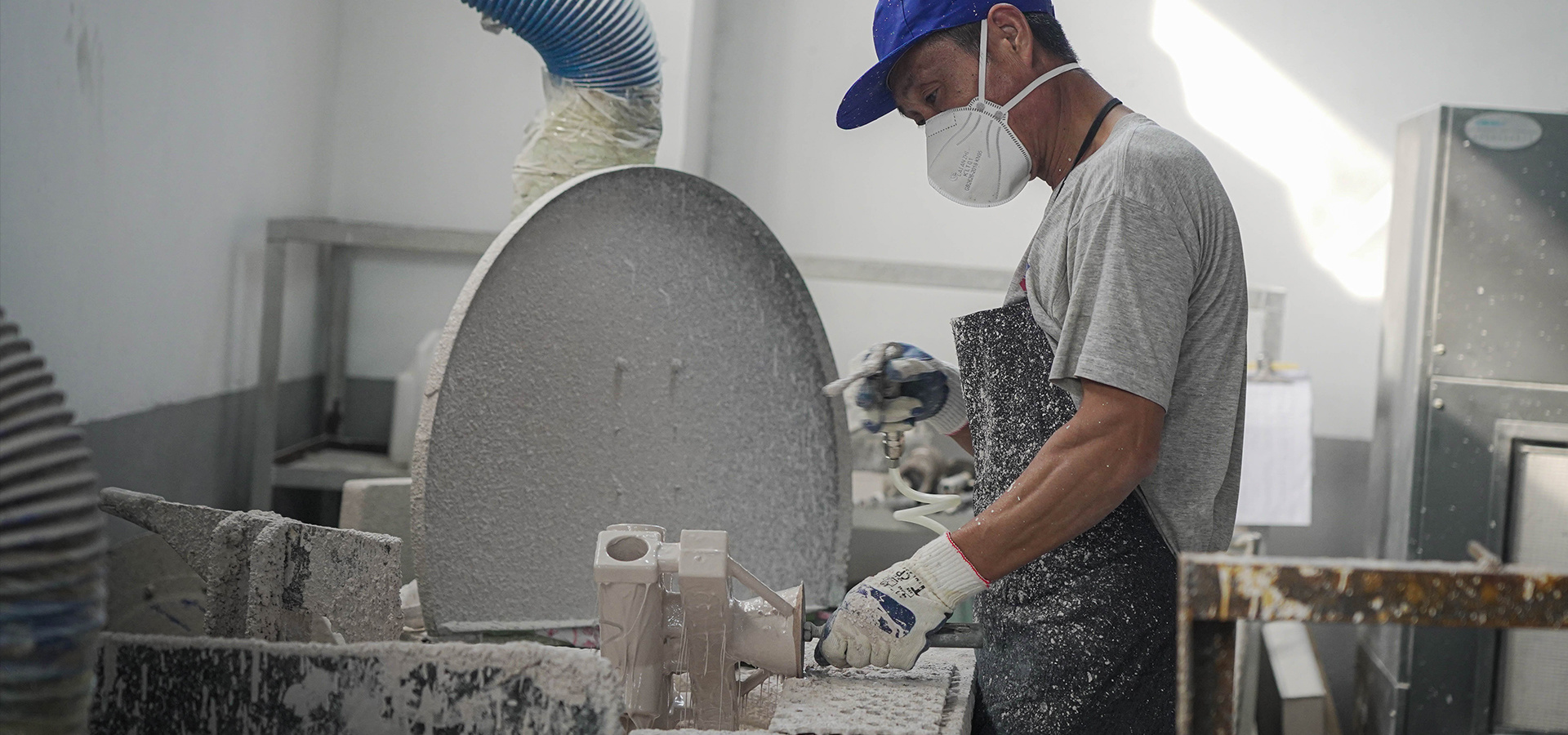
04
Primary Coating
Silica sol (SiO₂ 20%) + zircon flour (ZrO₂ 80%), 320-mesh,viscosity 42-45 seconds (#4 Zahn cup), coating thickness 0.3-0.5 mm.
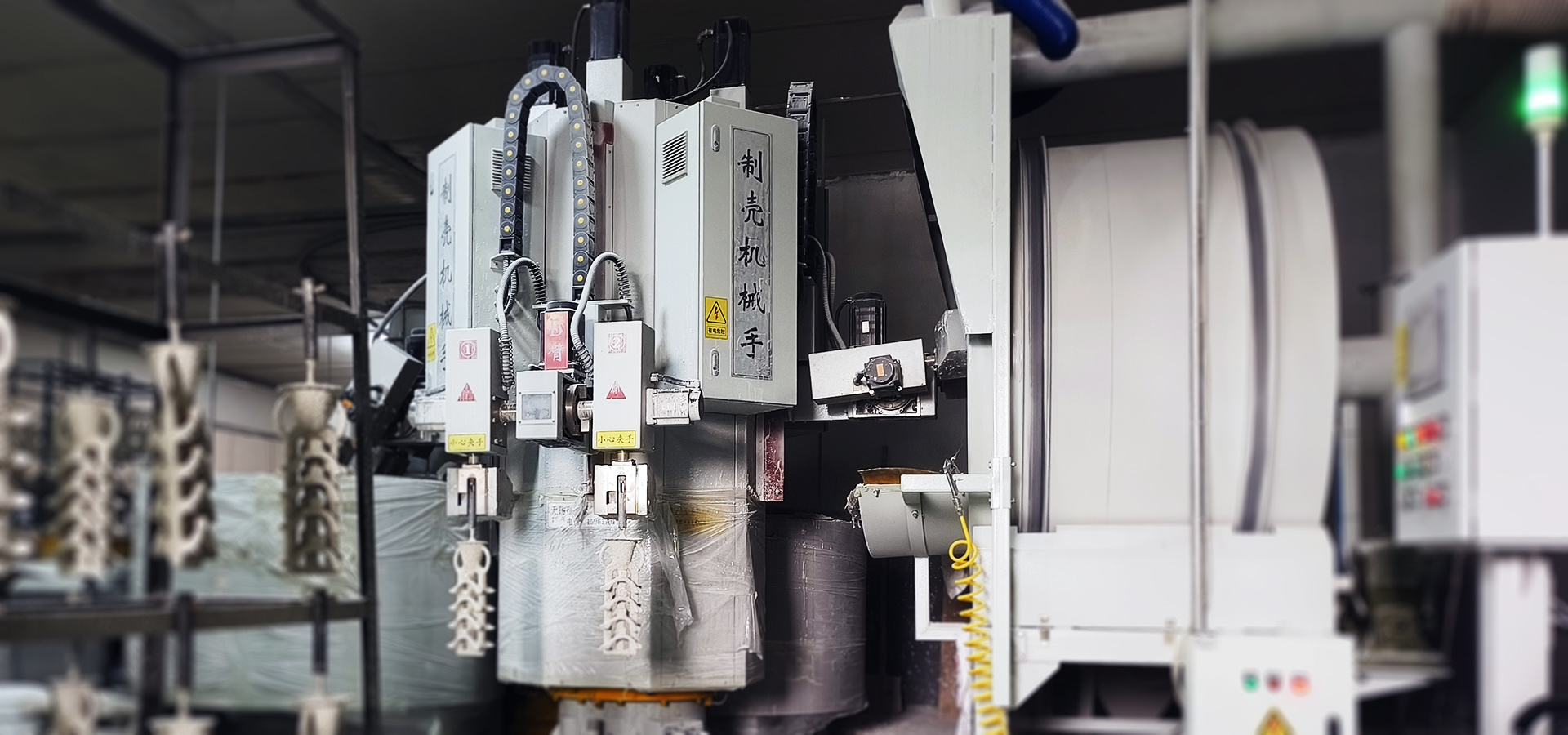
05
Backup
Quartz sand, 80~120-mesh 、30~60-mesh 、16~30-mesh chamotte sand stuccoing, total shell thickness 6-8 mm, green strength ≥4 MPa.
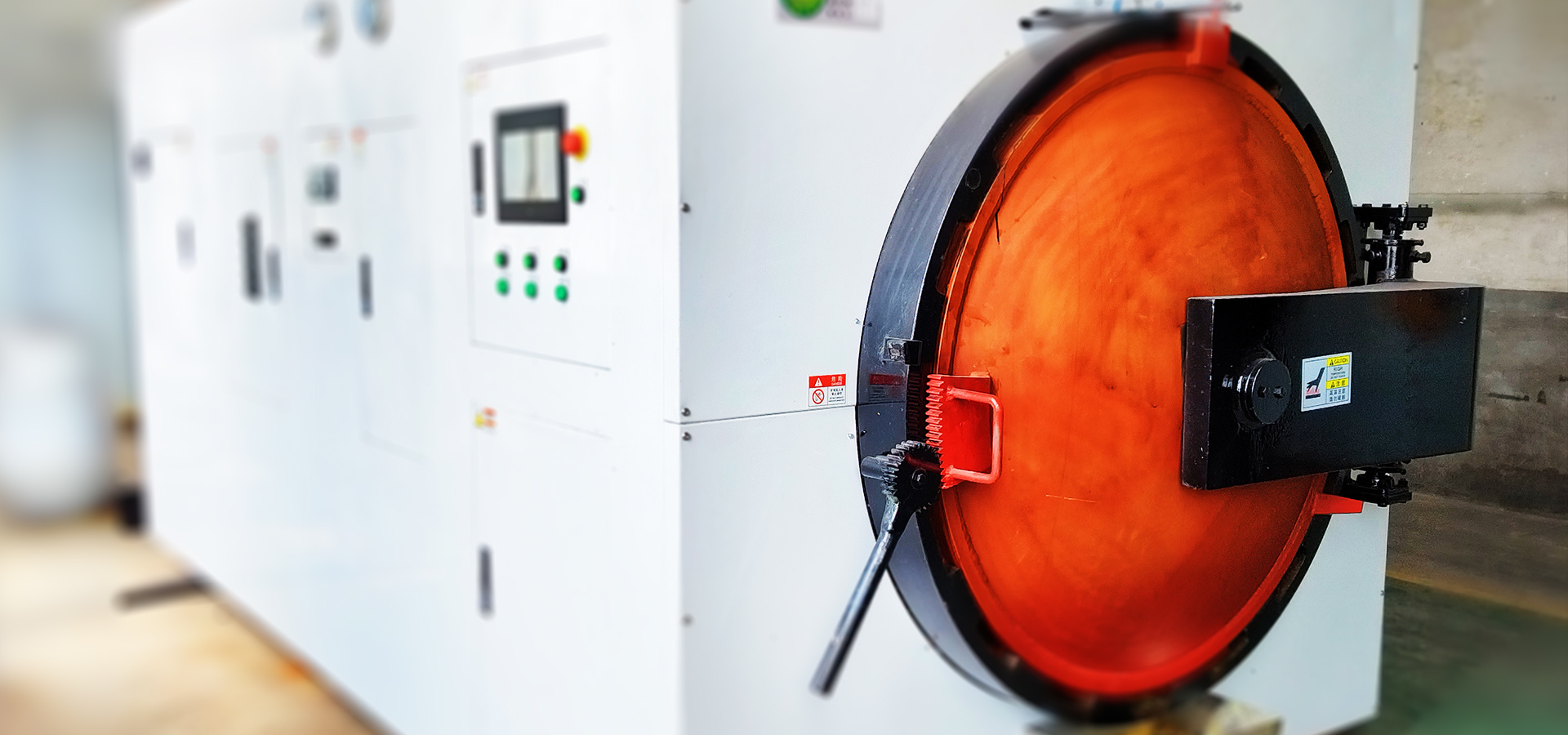
06
Dewaxing
High-pressure steam dewaxing (0.6-0.8 MPa, 150-170°C), residual wax ≤0.3%, shell breakage rate <0.5%.
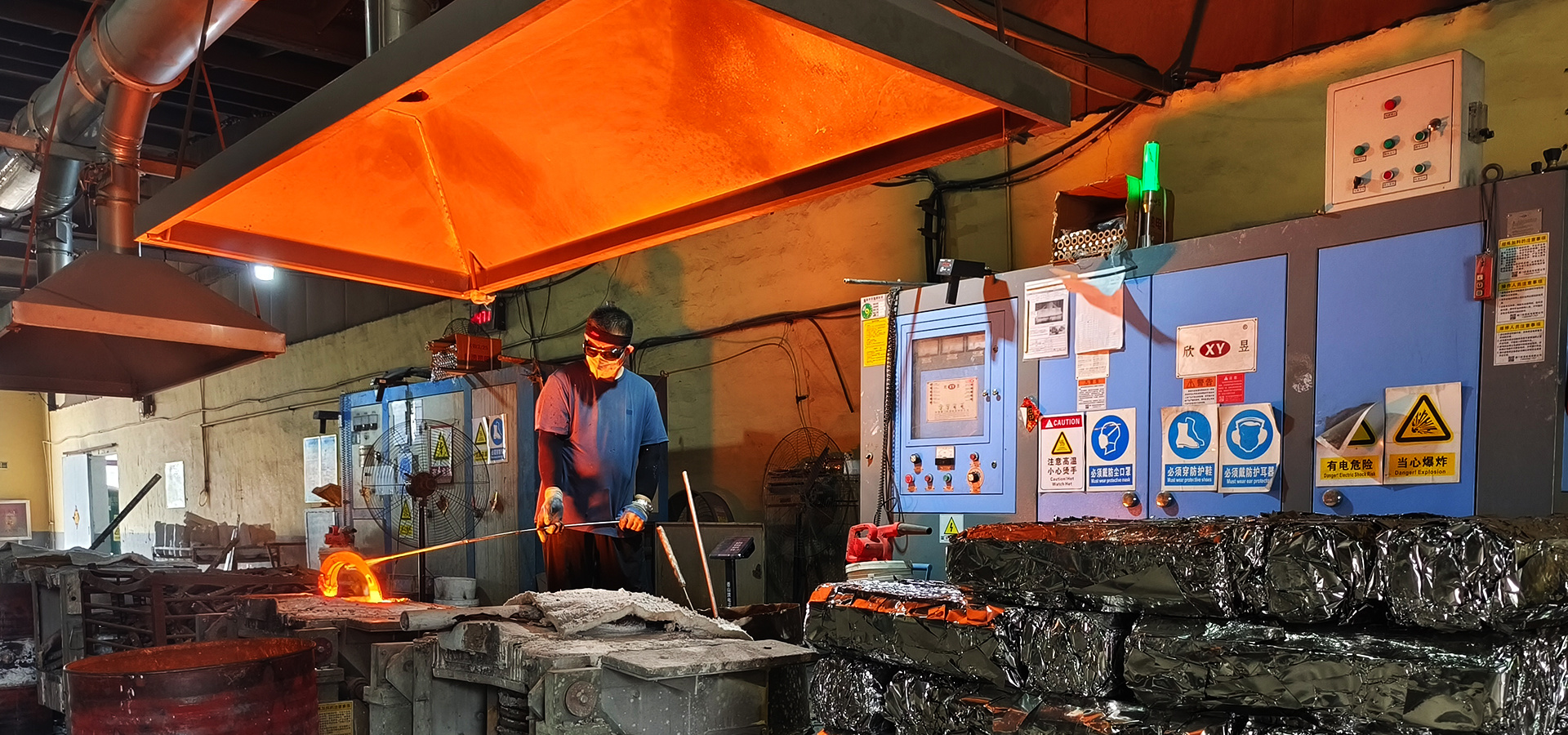
07
Pouring
Gravity casting with preheated molds (1000-1200°C), pouring rate 0.8-1.2 kg/s, solidification cooling rate 50-100°C/min.
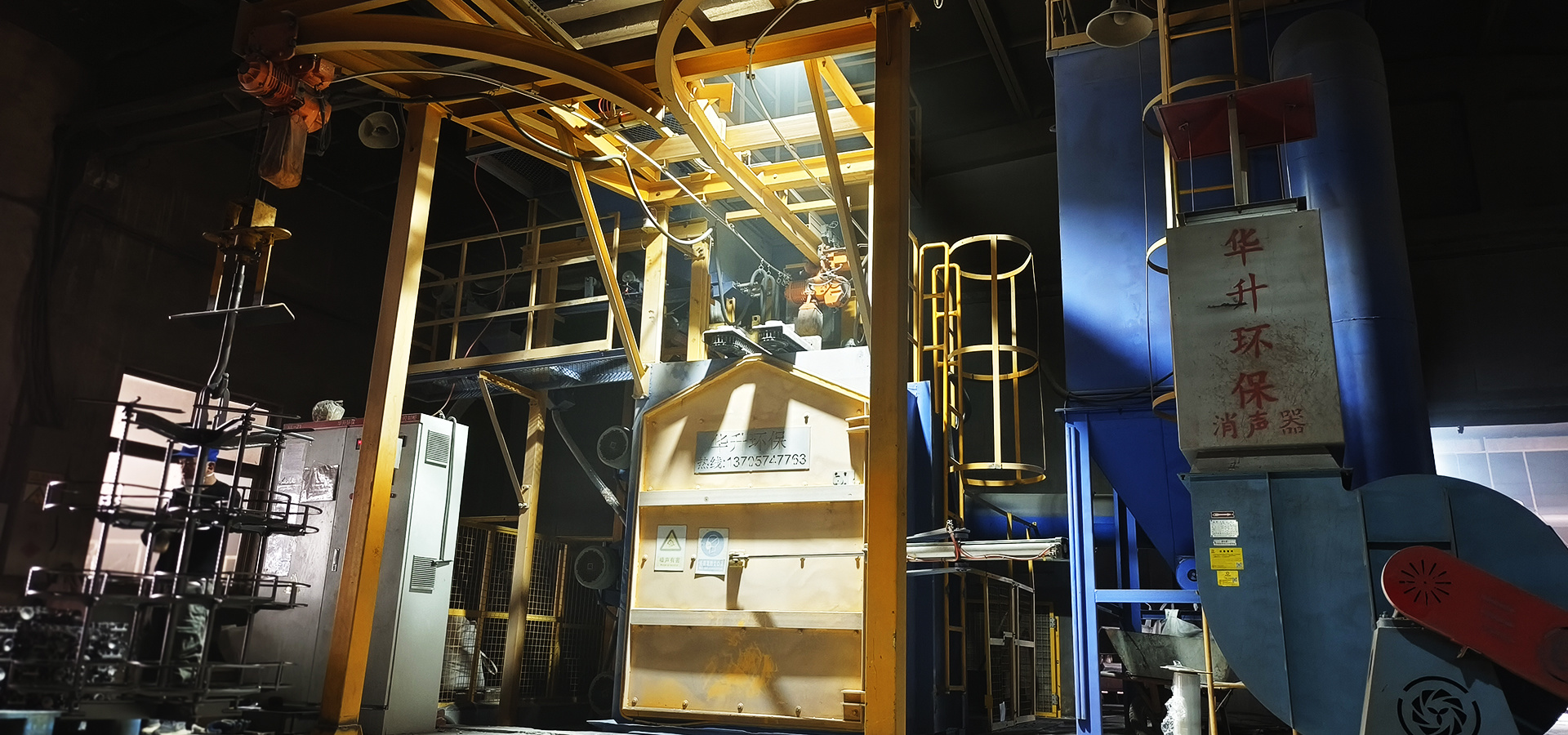
08
Shot Blasting & Clear
Shell removal using Φ0.5 mm cast steel shot at 0.4-0.6 MPa,It only takes 20 minutes to remove the casting shell
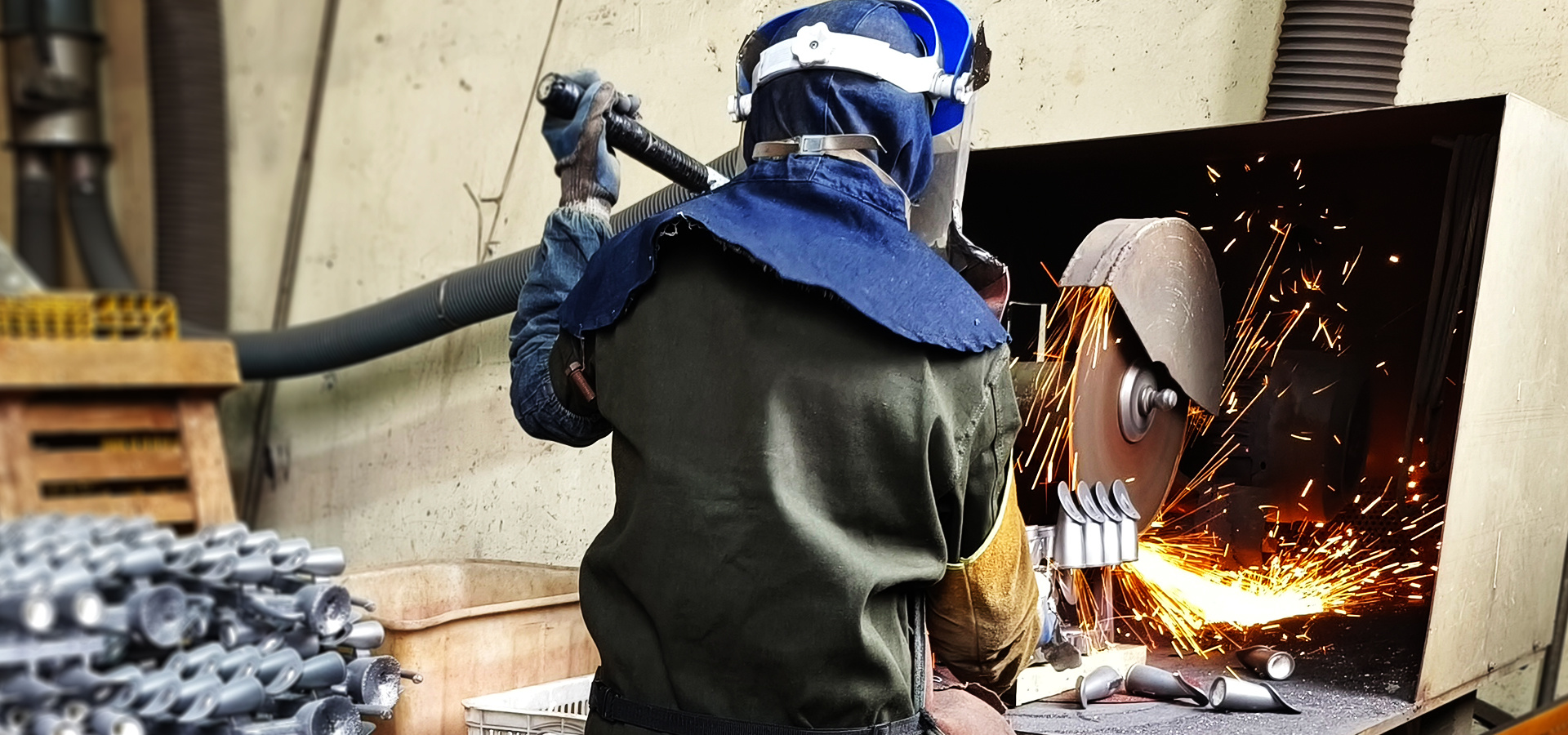
09
Cutting
Grinding wheel gate removal with ≤1.5 mm allowance, cutting temperature <200°C (to prevent microstructural degradation).
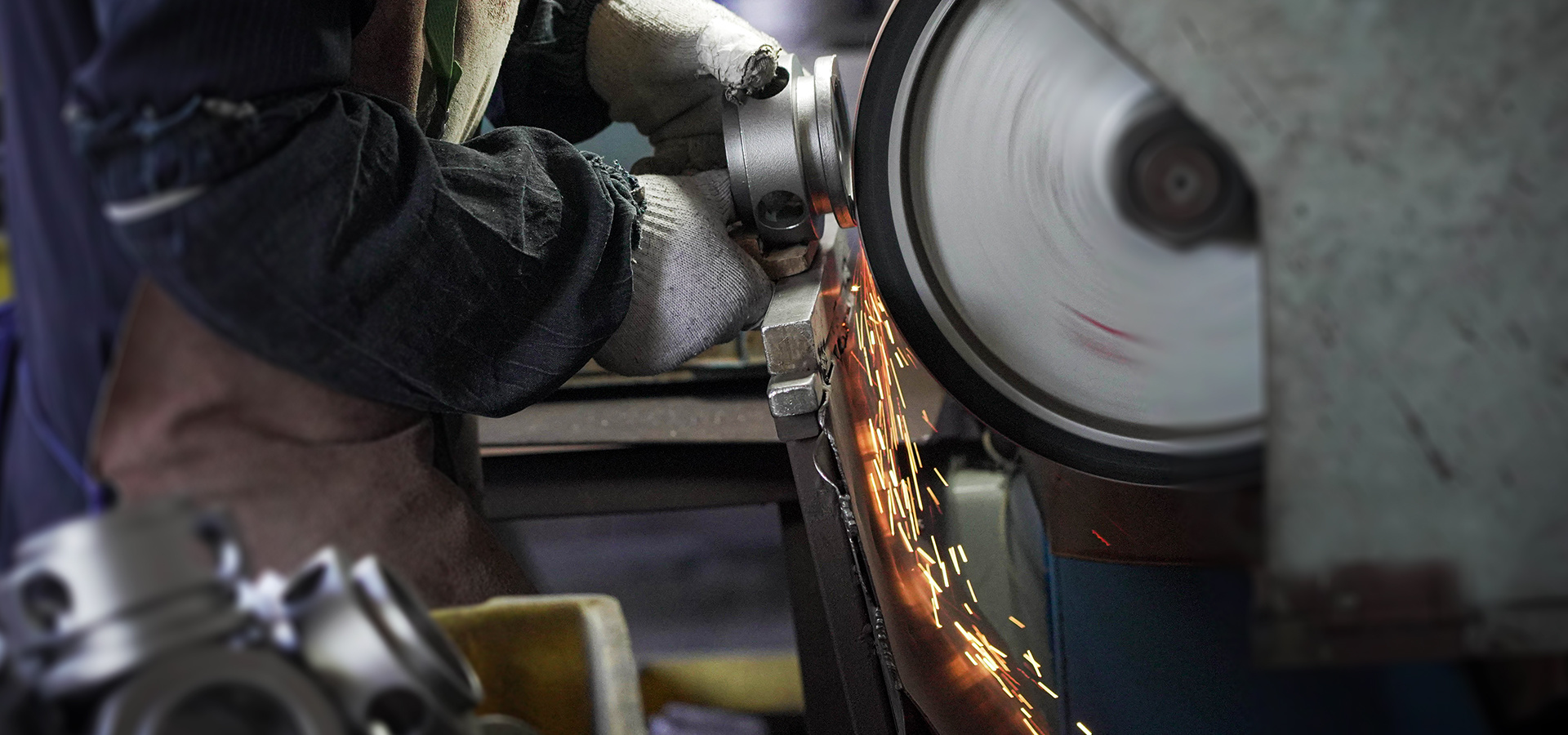
10
Gate Grinding
Resin-bonded grinding wheel (120 grit) for gate finishing, residual gate height ≤0.3 mm, transition radius R≥0.5 mm.
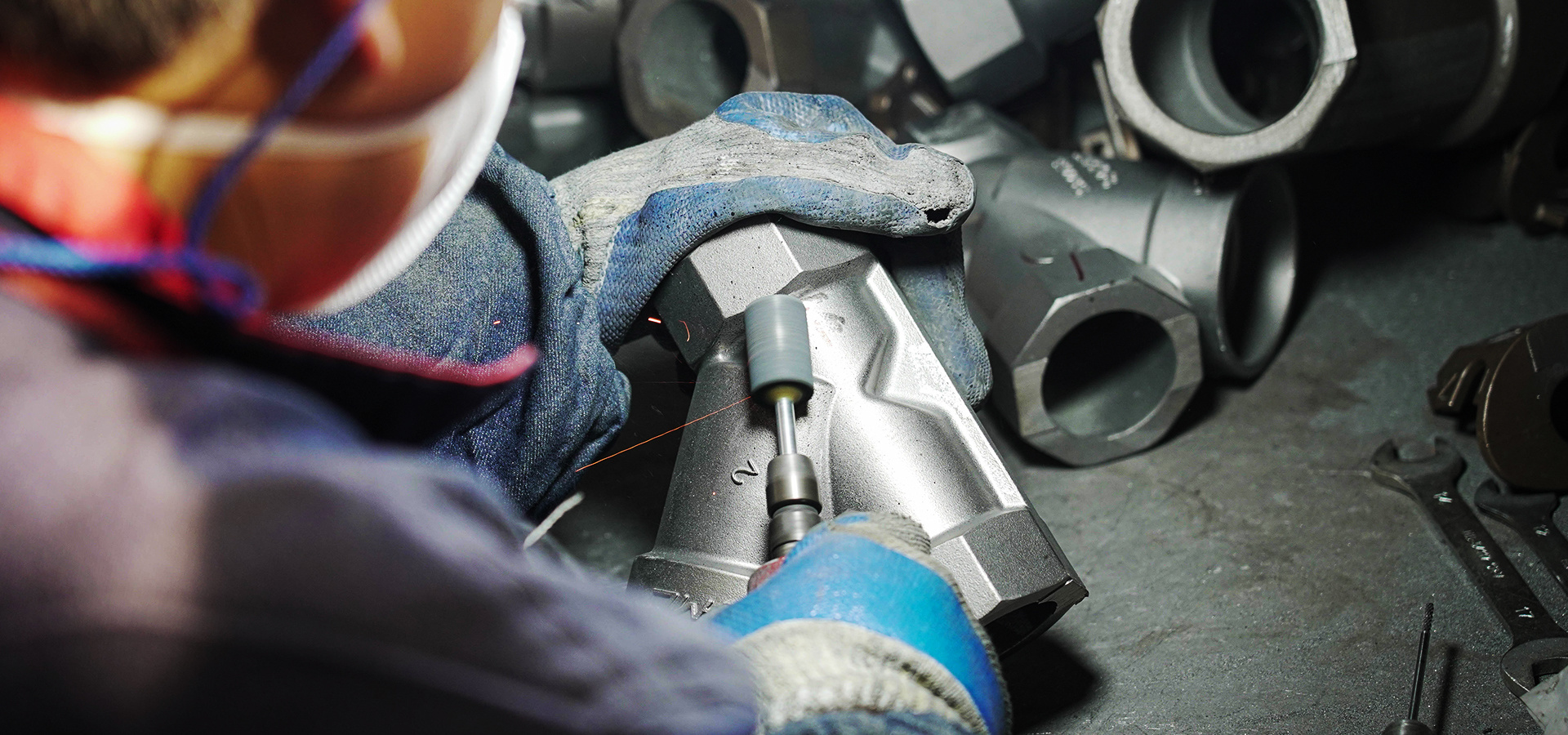
11
TIG Welding & Finishing
Argon shielding (purity ≥99.999%), ER316L filler wire, post-weld grinding to Ra ≤6.3 μm.

12
Final Inspection
PT (penetrant testing), RT (X-ray), full dimensional inspection (CT6-CT8 per ISO 8062), compliant with AMS 2175/ISO 4990.
Some of our product catalogs
Investment casting is a manufacturing process in which a liquid material is poured into a ceramic mold, which contains a hollow cavity of the desired shape, and then allowed to solidify. The solidified part is the casting, which is broken away from the ceramic mold to complete the process. The steps within the investment casting process are as follows:
Product brochure download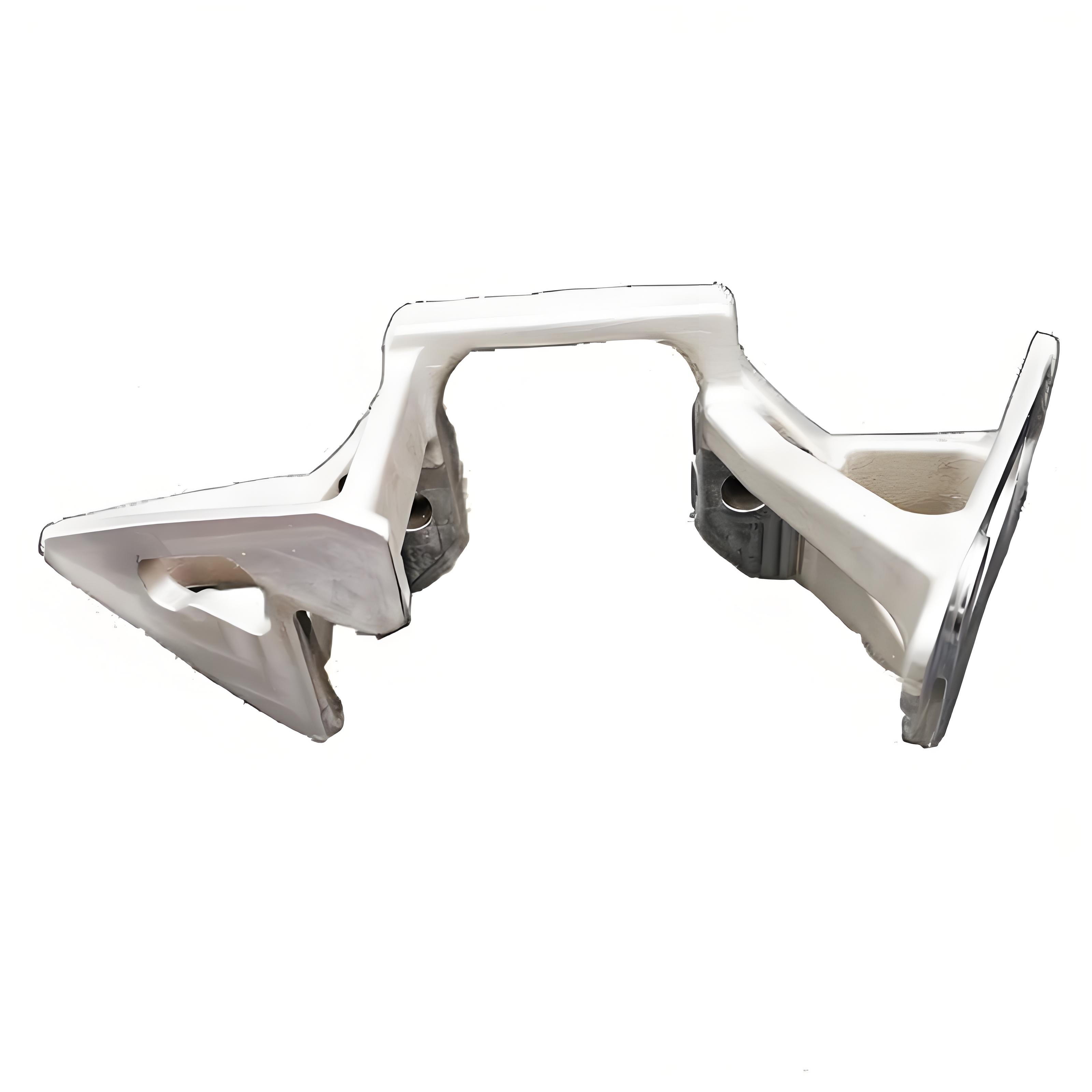
Auto parts tool precision casting
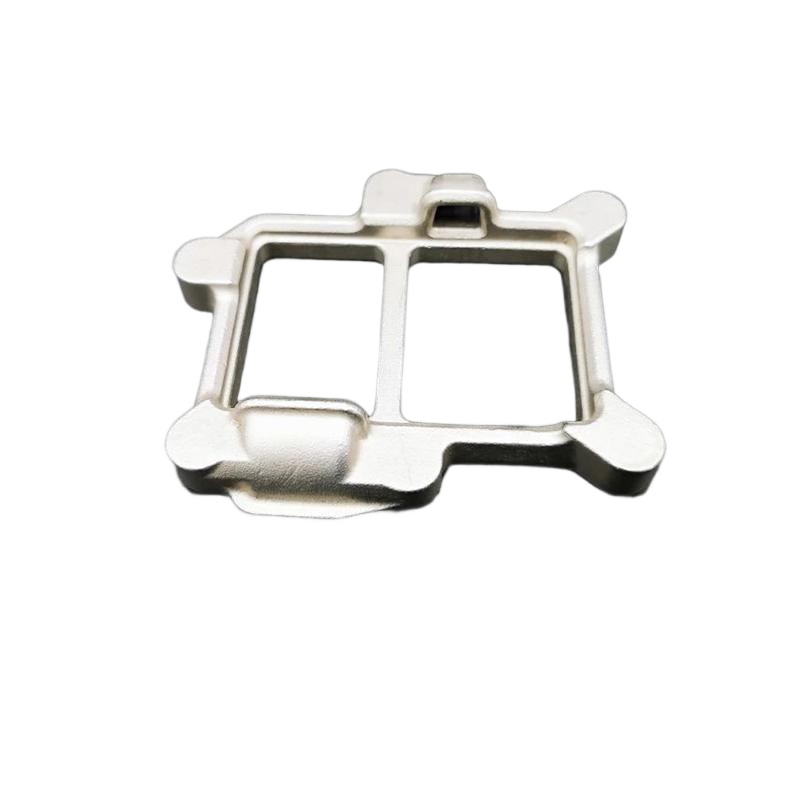
Auto parts tool precision casting
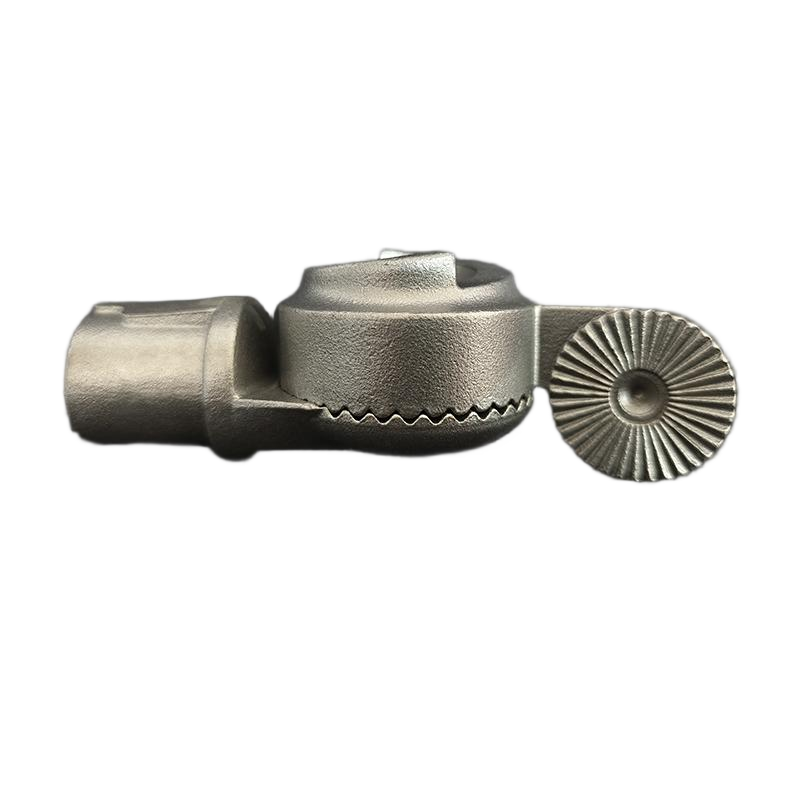
Auto parts tool precision casting
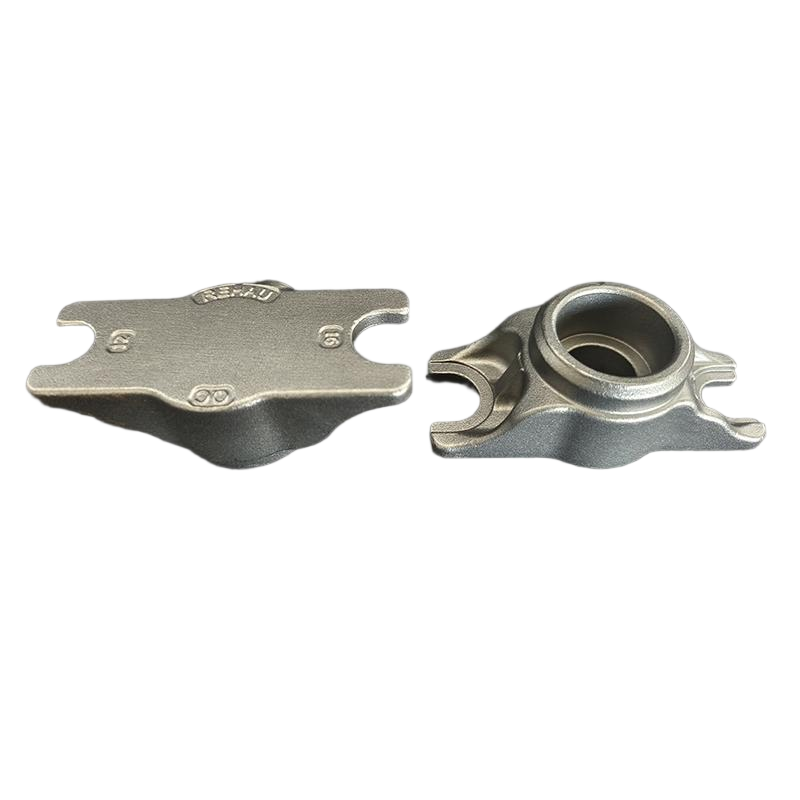
Auto parts tool precision casting
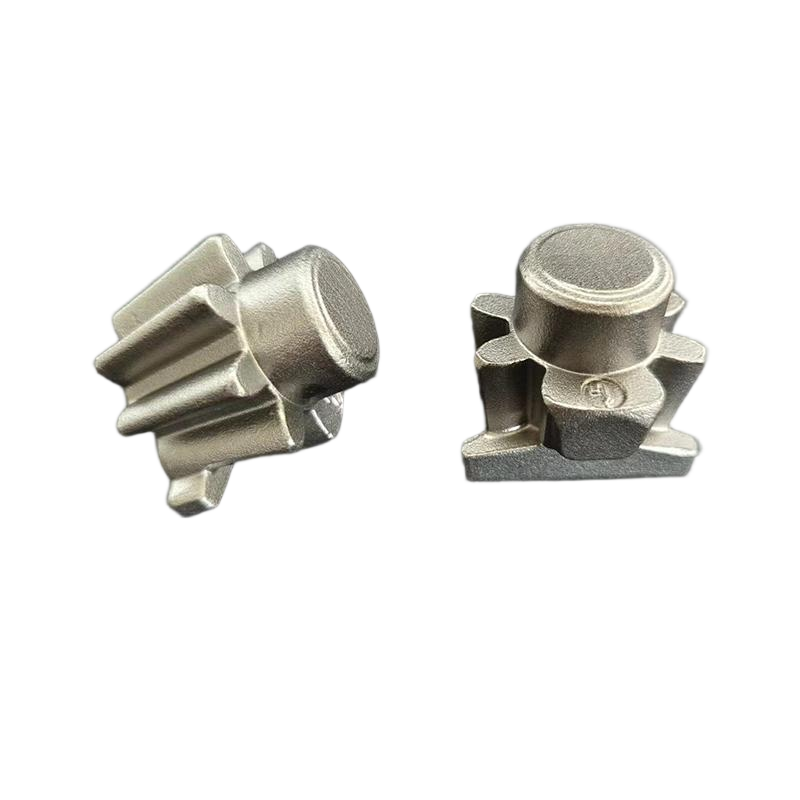
Threaded rod
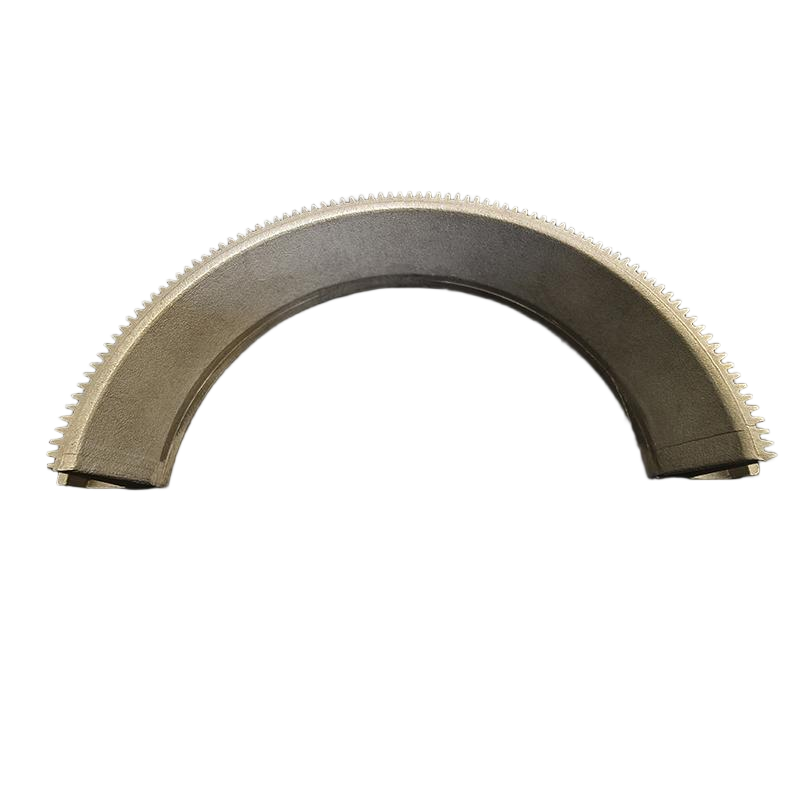
Auto parts tool precision casting
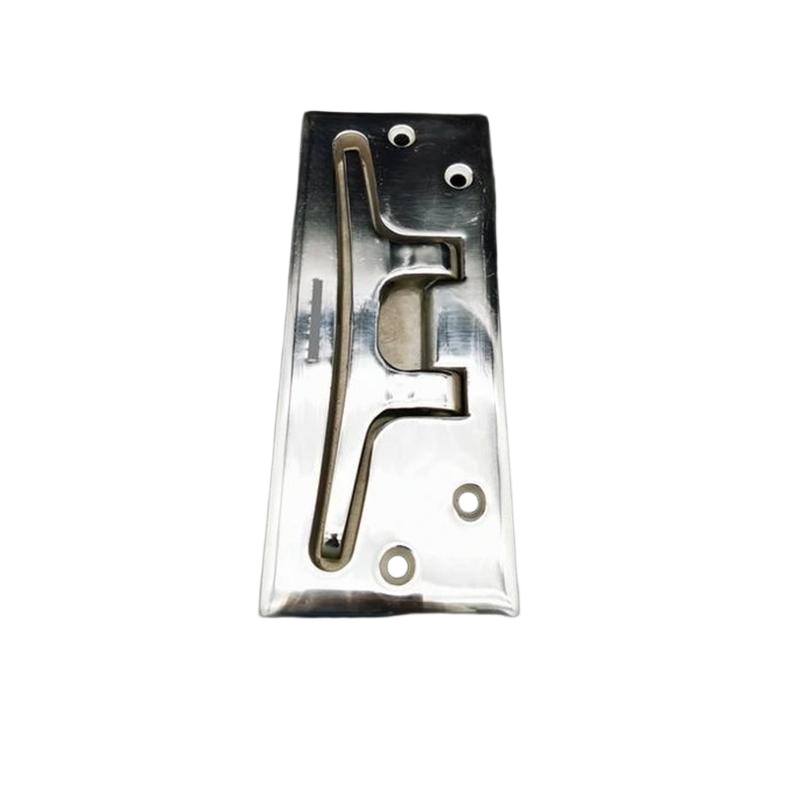
Auto parts tool precision casting
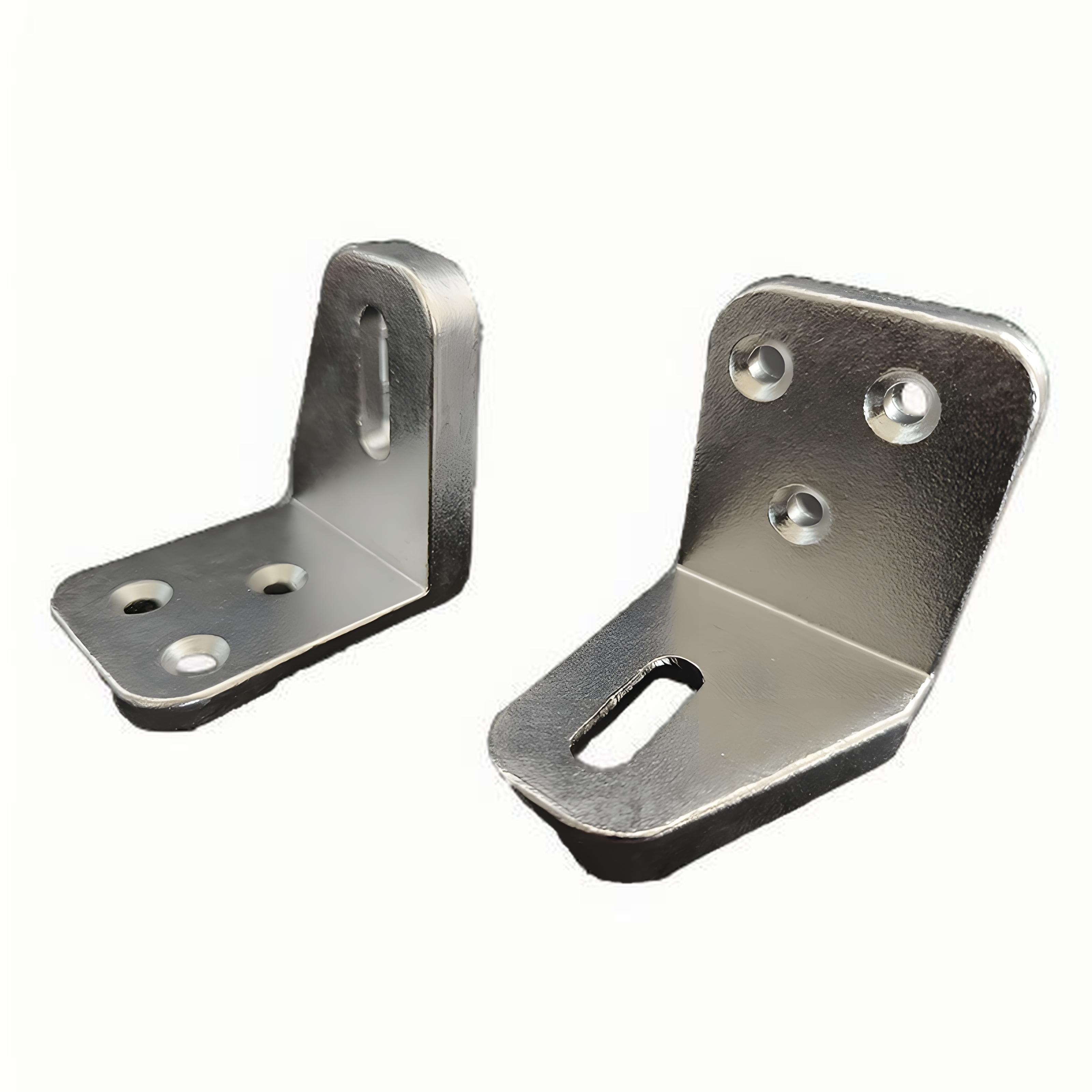
Auto parts tool precision casting
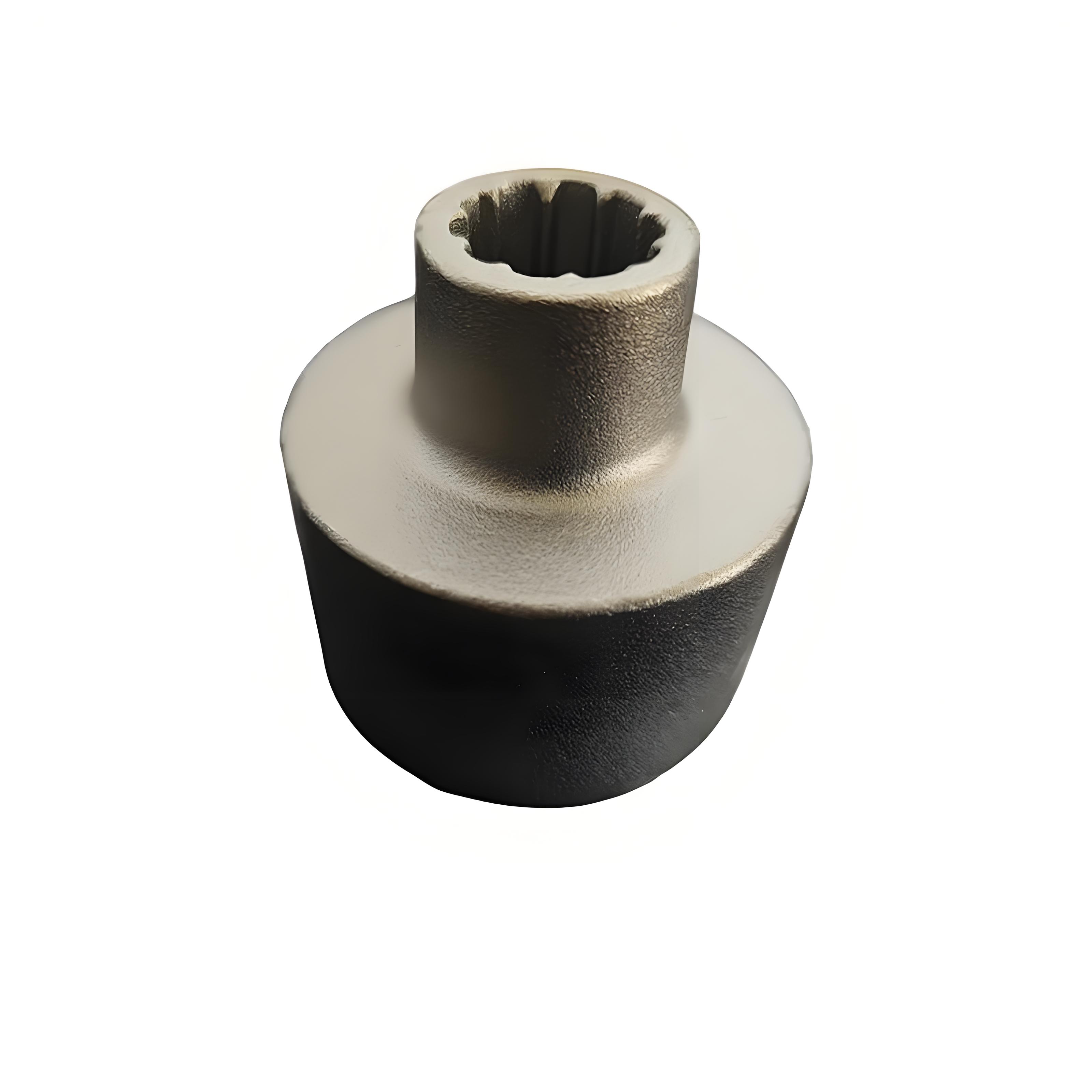
Auto parts tool precision casting
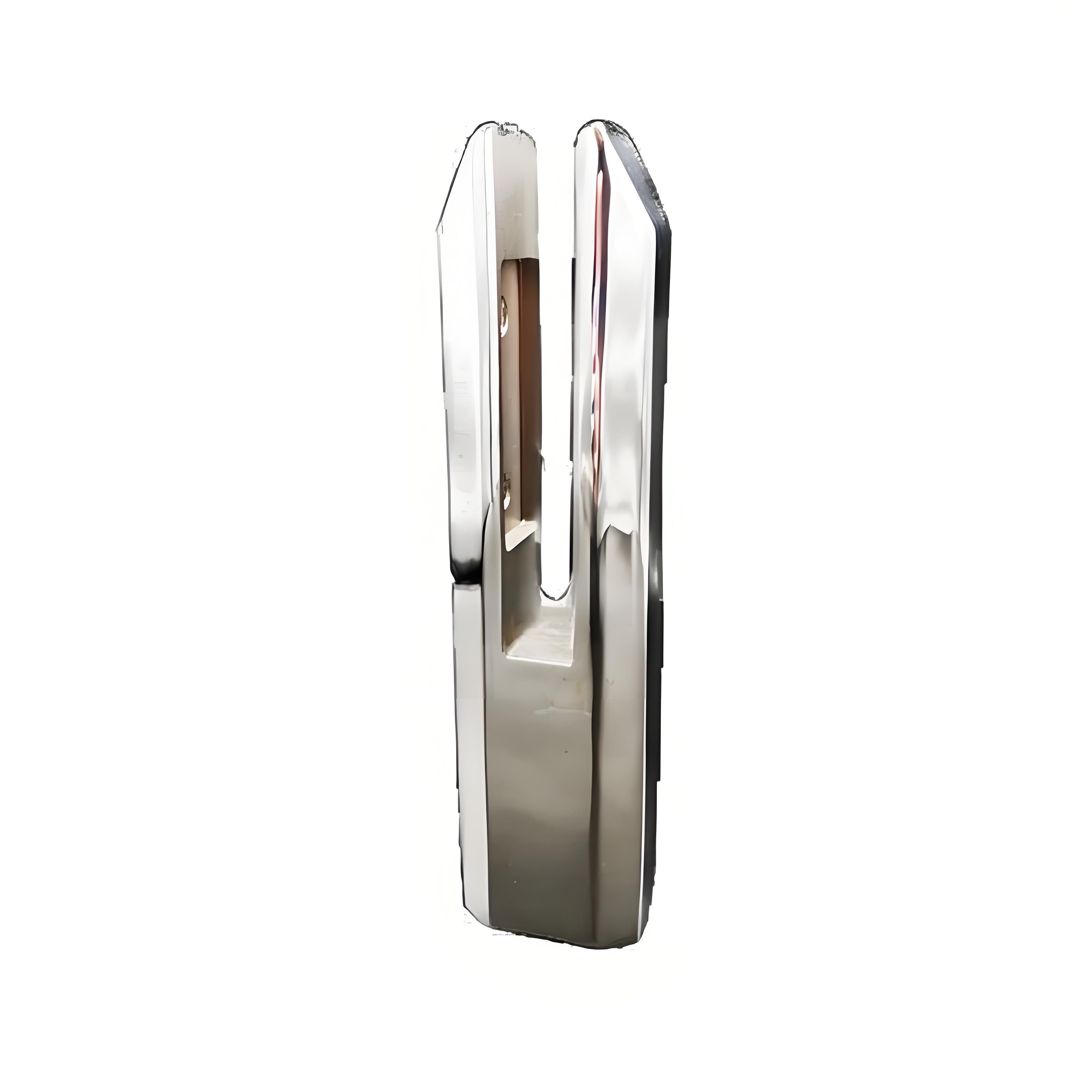
Auto parts tool precision casting
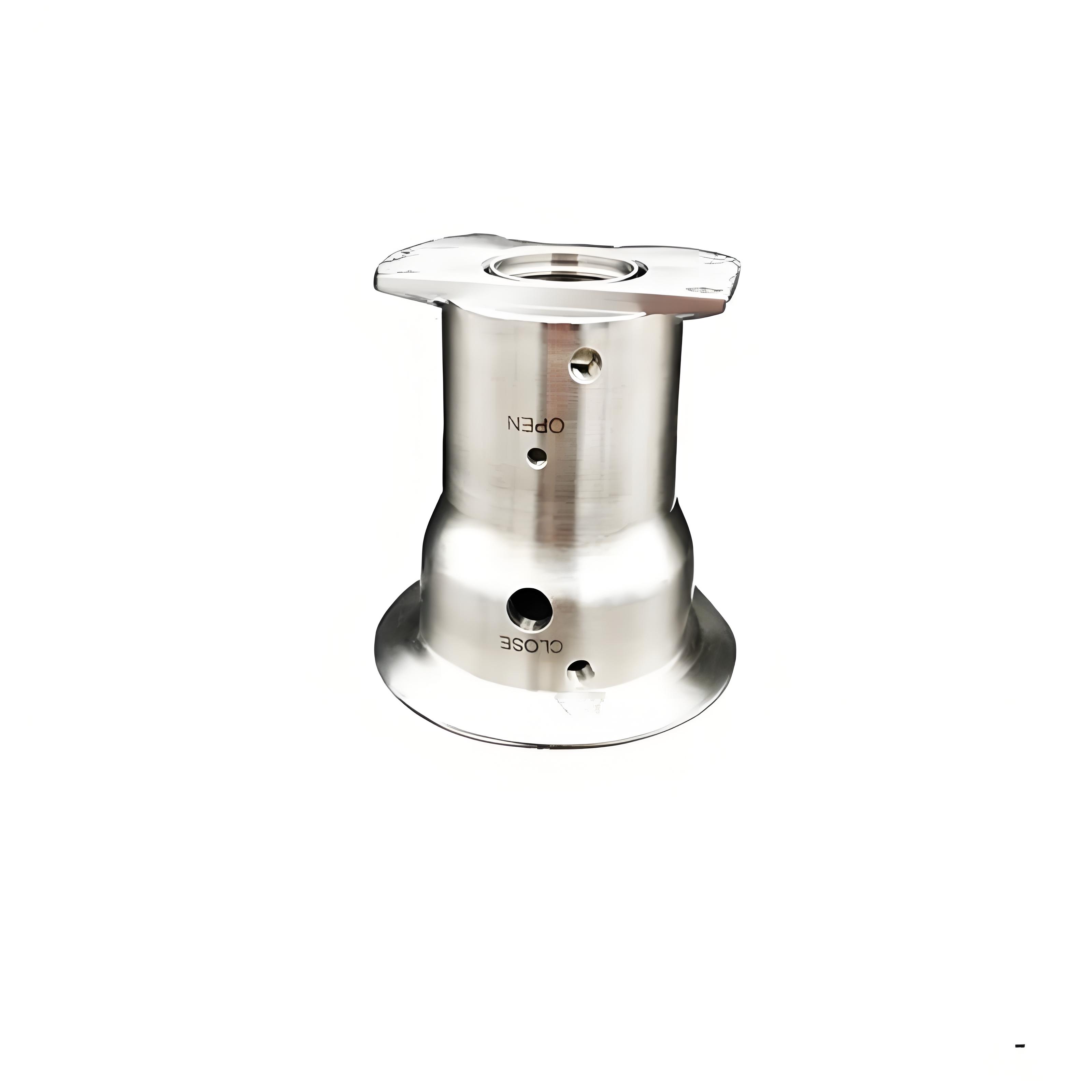
Auto parts tool precision casting
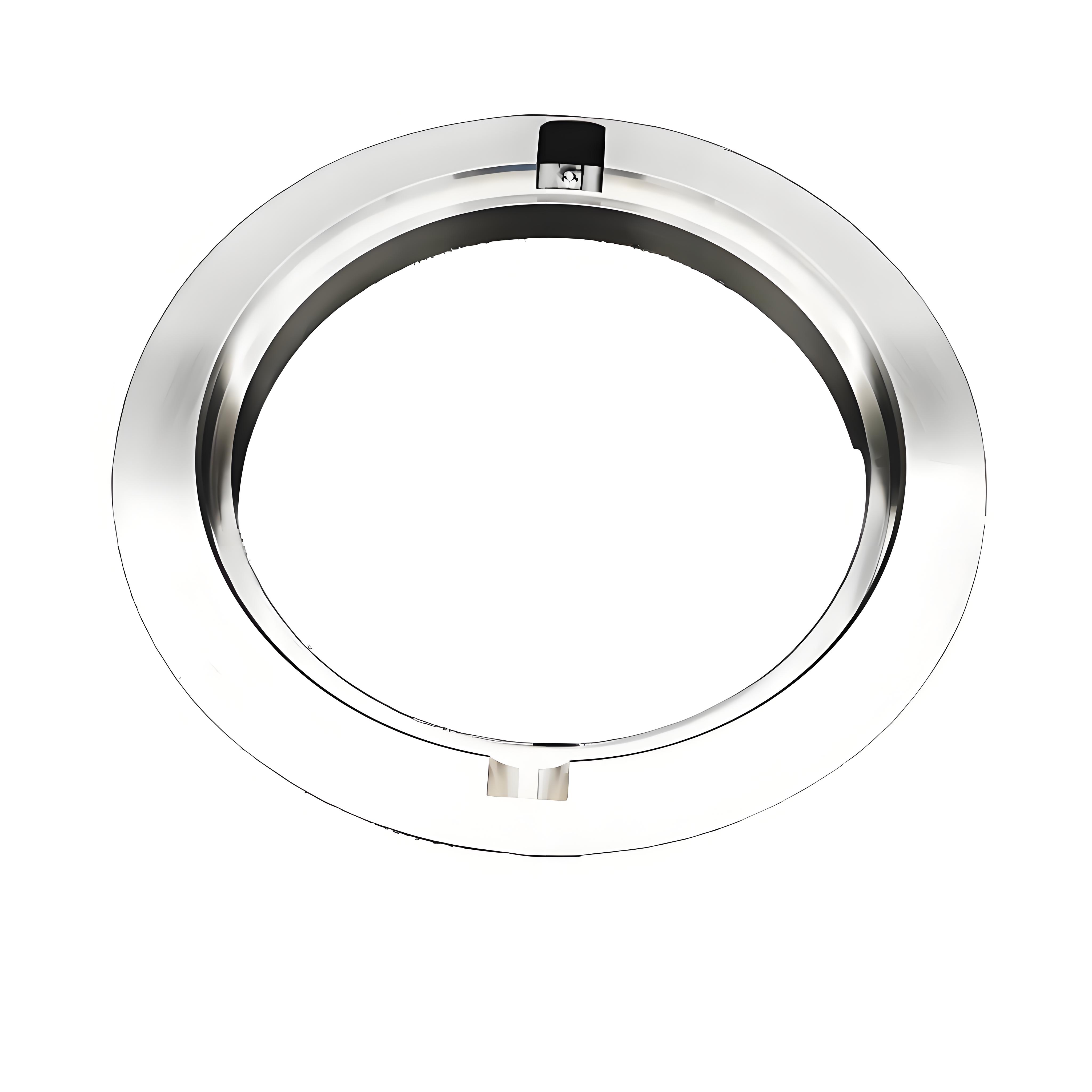
Auto parts tool precision casting
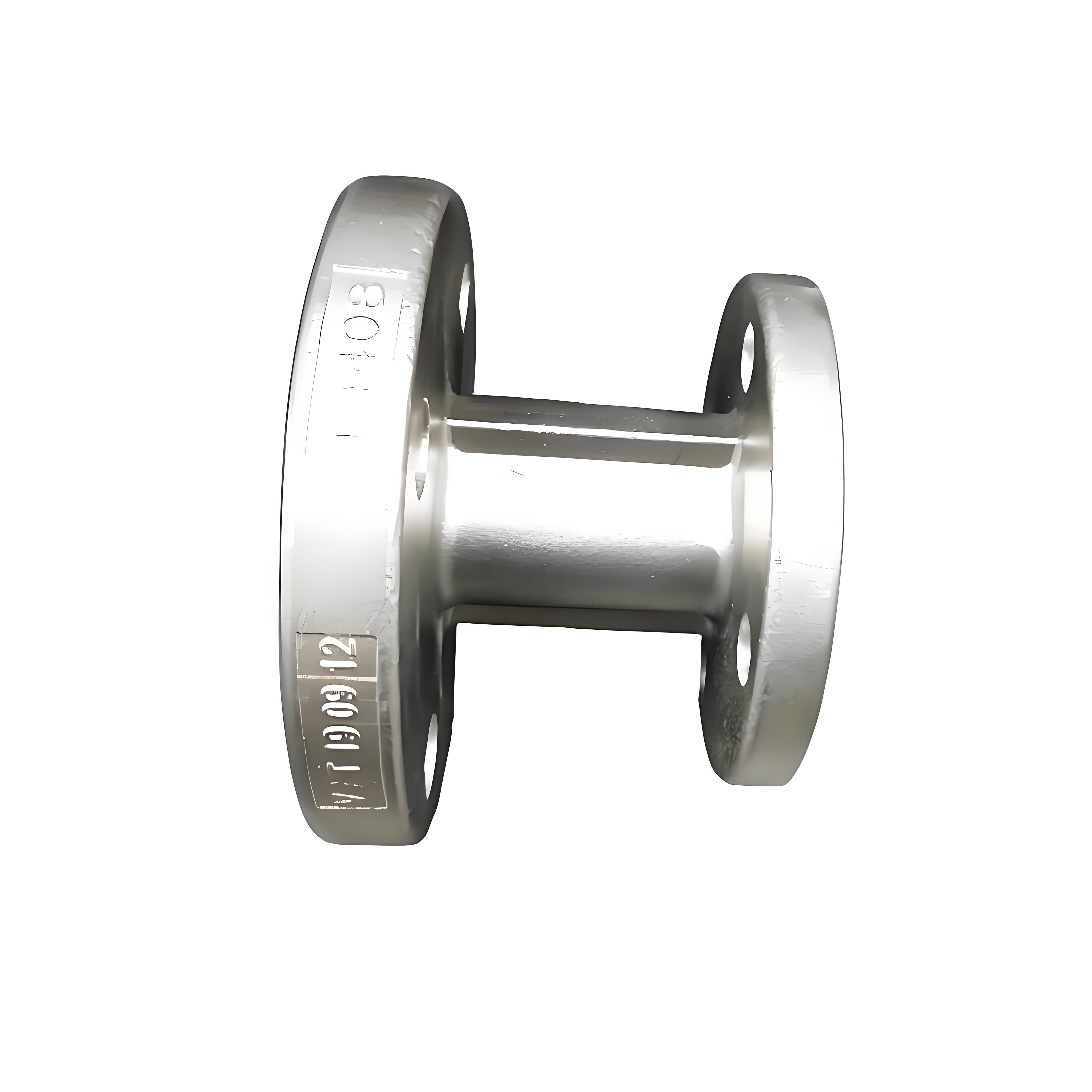
Auto parts tool precision casting
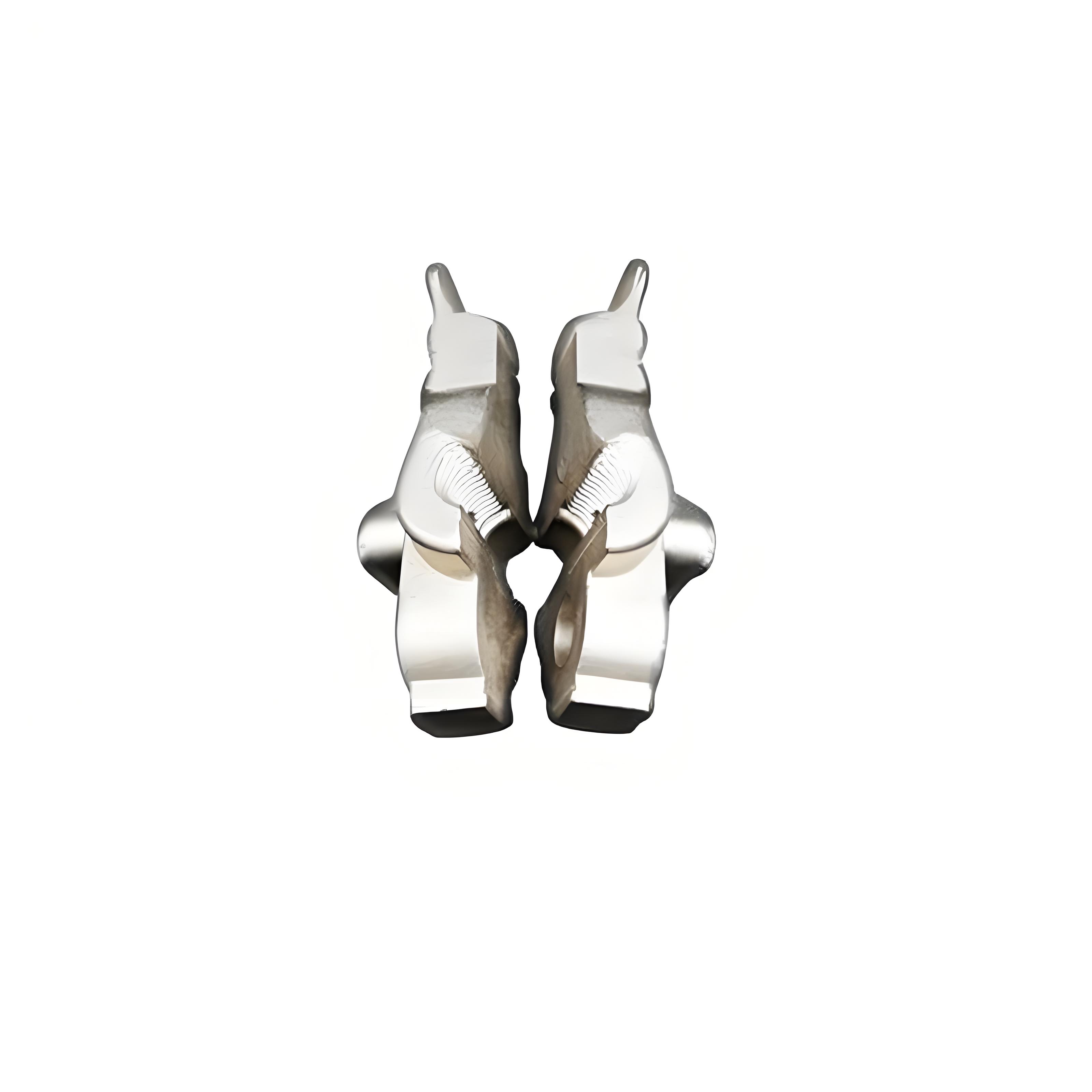
Auto parts tool precision casting
